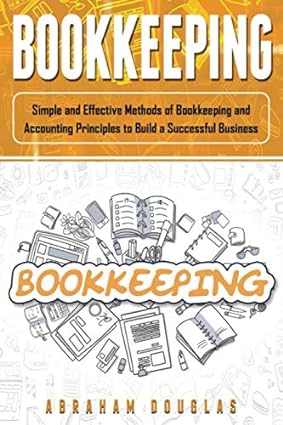Answered step by step
Verified Expert Solution
Question
1 Approved Answer
2. The calculation of depreciation using the declining balance method A) yields an increasing depreciation expense each period. B) multiplies a declining percentage times a
2. The calculation of depreciation using the declining balance method A) yields an increasing depreciation expense each period. B) multiplies a declining percentage times a constant book value. C) multiplies a constant percentage times the previous year's depreciation expense. D) ignores salvage value in determining the amount to which a constant rate is applied. 3. Identify the statement below that is incorrect. A) The normal balance of accounts receivable is a debit. B) The normal balance of unearned revenues is a credit. C) The normal balance of an expense account is a credit. D) The normal balance of the share capital account is a credit. 4. Shareholder equity is made up of which of the following two components? A) Liabilities and Equity. B) Assets and Equity. C) Retained Earnings and Liabilities. D) Share Capital and Retained Earnings. 5. If a capital expenditure is mistakenly recorded as a revenue expenditure, the effect is to A) understate profit, shareholders' equity, and assets. B) overstate profit and shareholders' equity and understate assets. C) understate profit and shareholders' equity and overstate assets. D) None of the above
Step by Step Solution
There are 3 Steps involved in it
Step: 1

Get Instant Access to Expert-Tailored Solutions
See step-by-step solutions with expert insights and AI powered tools for academic success
Step: 2

Step: 3

Ace Your Homework with AI
Get the answers you need in no time with our AI-driven, step-by-step assistance
Get Started


